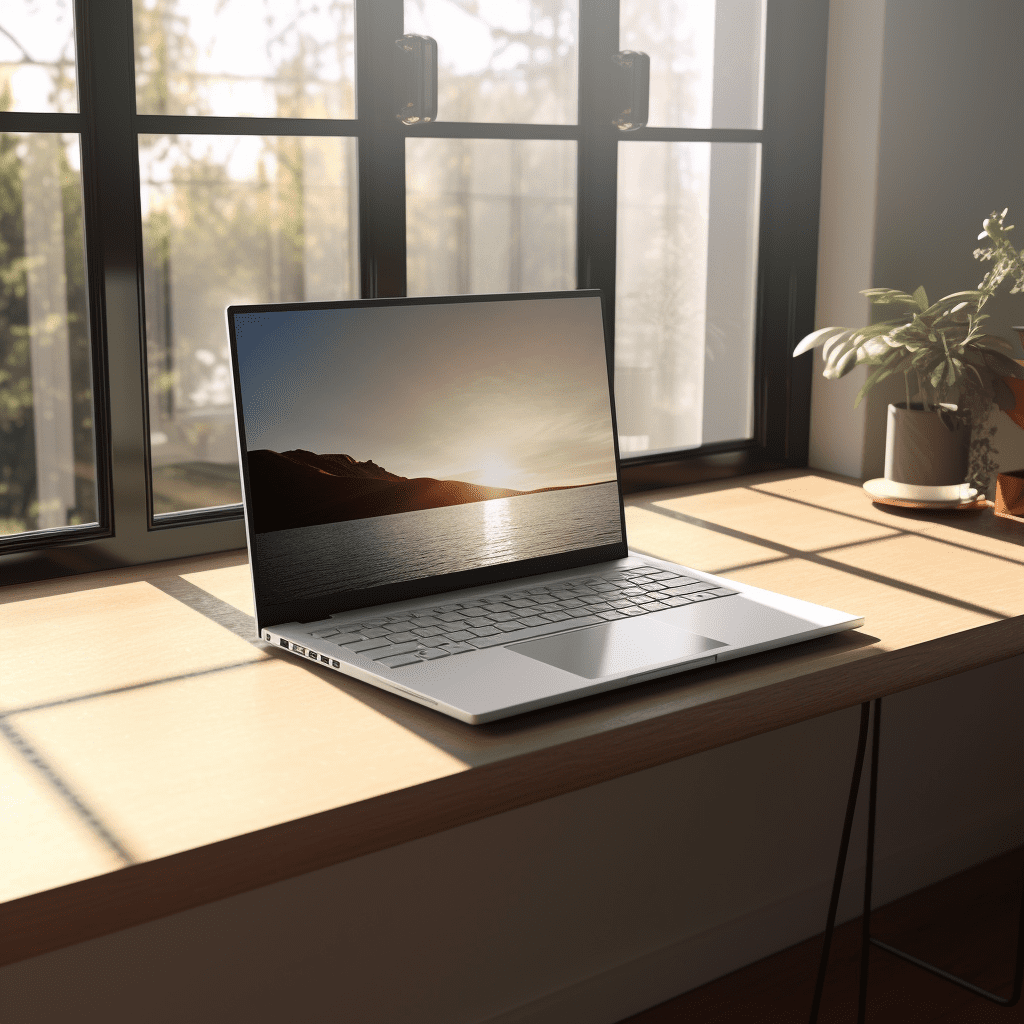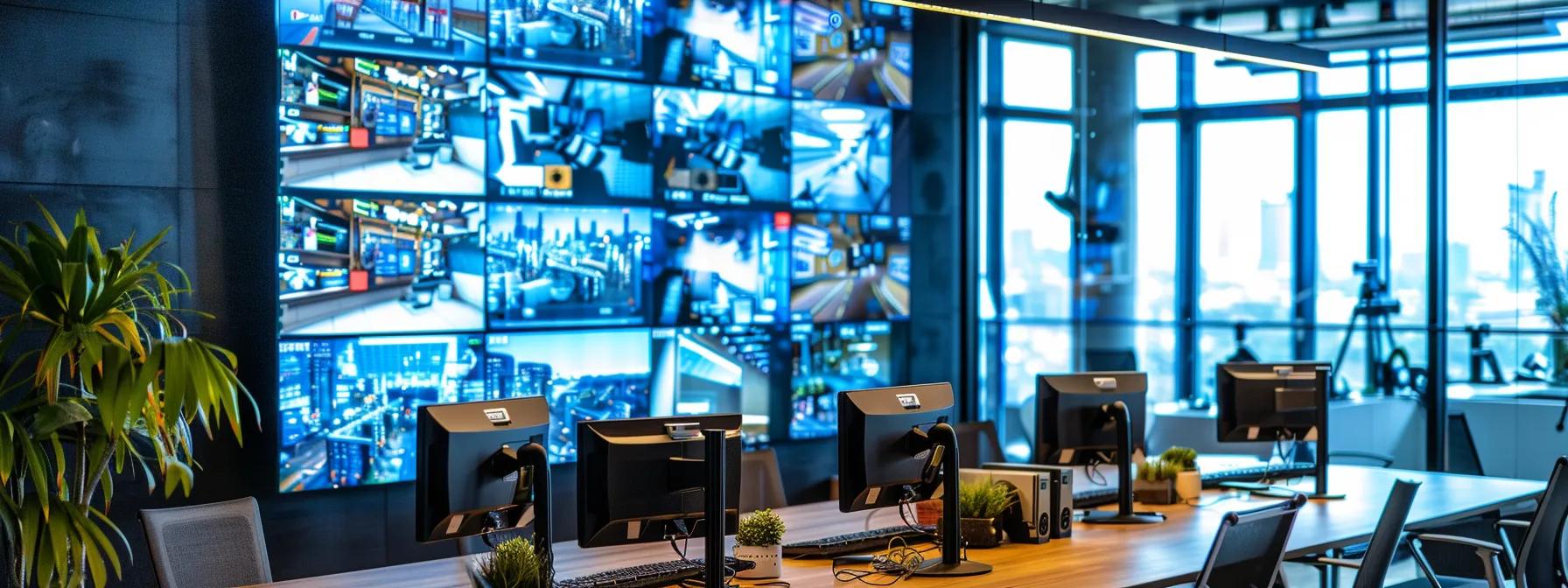Desktop vs. Laptop: Exploring the Pros and Cons, Key Considerations, and In-depth Analysis of Cost, Performance, Upgradability, Footprint, and Power Efficiency
In today’s digital era, choosing between a desktop and a laptop computer is a decision that requires careful consideration. Both options offer distinct advantages and disadvantages, and understanding the key factors can help you make an informed choice. In this comprehensive blog post, we will delve deep into the pros and cons of desktops and laptops, exploring essential considerations such as cost, performance, upgradability, footprint, and power efficiency. By analyzing these factors in detail, you will gain valuable insights to guide your decision-making process.
I. Cost: Examining the Financial Aspect
- Desktops: Cost Factors and Value for Money
a. Components and Customization: Exploring the flexibility and cost benefits of desktops when selecting individual components.
b. Longevity and Upgradability: Assessing how desktops can offer long-term cost savings through upgradability and extended lifespan.
c. Initial Investment vs. Long-Term Expenses: Analyzing the initial cost of desktops and the potential savings over time. - Laptops: Evaluating Portability and Convenience
a. Portability and Mobility: Discussing the added value of portability and the convenience of having a portable computing device.
b. Compact Design and Integration: Exploring the factors that contribute to the higher cost of laptops compared to desktops.
c. Assessing Value for Money: Weighing the cost-effectiveness of laptops based on their intended use and lifespan.
II. Performance: Unleashing Computing Power
- Desktops: Power and Versatility
a. Processing Power: Discussing the advantages of desktops when it comes to handling demanding tasks and resource-intensive applications.
b. Graphics Capabilities: Exploring the potential for dedicated graphics cards and their impact on gaming and multimedia experiences.
c. Multitasking and Productivity: Analyzing how desktops excel in multitasking scenarios and can enhance productivity. - Laptops: Balancing Portability and Performance
a. Mobile Processing Power: Assessing the performance capabilities of laptops and their suitability for everyday tasks.
b. Graphics Solutions: Discussing integrated graphics and dedicated GPU options in laptops for gaming and multimedia.
c. Thermal Constraints: Highlighting the trade-offs between performance and heat dissipation in compact laptop designs.
III. Upgradability: Future-Proofing Your Investment
- Desktops: Expandability and Customization
a. Component Compatibility: Exploring the ease of upgrading individual components in desktops and the potential for future enhancements.
b. Flexibility for Gaming and Enthusiasts: Discussing the advantages of desktops for gaming enthusiasts and content creators. c. DIY vs. Pre-built: Analyzing the options for DIY upgrades and the convenience of pre-built systems. - Laptops: Limited Upgradability and Mobility Considerations
a. Soldered Components: Discussing the challenges of upgrading laptops due to soldered CPUs, GPUs, and RAM.
b. External Solutions: Exploring external docking stations, eGPUs, and other accessories as alternatives to internal upgrades.
c. Lifecycle and Resale Value: Assessing the importance of considering the laptop’s lifecycle and potential resale value.
IV. Footprint and Portability: Assessing Space and Mobility
- Desktops: Space Requirements and Dedicated Workstations
a. Workspace Considerations: Analyzing the physical space requirements for desktops and the need for dedicated workstations. b. Ergonomics and Comfort: Discussing the potential benefits of ergonomically designed desktop setups for improved posture and comfort during extended work sessions.
c. Fixed Location and Mobility Limitations: Addressing the lack of portability and the need for a stable power source. - Laptops: Portability and On-the-Go Productivity
a. Compact and Lightweight Design: Exploring the advantages of laptops when it comes to mobility and working from various locations.
b. Battery Life and Power Management: Discussing the importance of battery life and power efficiency for prolonged use.
c. Versatility and Flexibility: Analyzing the convenience of having a portable device that can be used in different environments.
V. Power Efficiency: Balancing Performance and Energy Consumption
- Desktops: Power-Hungry Workhorses
a. Power Consumption and Efficiency: Examining the higher energy requirements of desktops and their impact on utility bills.
b. Environmental Considerations: Discussing the ecological implications of desktops and the importance of energy-efficient components.
c. Power Management Solutions: Highlighting strategies to optimize power consumption in desktop setups. - Laptops: Energy-Efficient Mobility
a. Battery Life and Power-Saving Features: Exploring the advancements in laptop technology that aim to prolong battery life and reduce energy consumption.
b. Eco-Friendly Portability: Discussing the lower overall energy consumption of laptops compared to desktops.
c. Sustainable Computing Practices: Addressing the importance of responsible energy usage and eco-conscious behaviors.
Conclusion
In the desktop vs. laptop debate, there is no one-size-fits-all solution. The decision ultimately depends on individual needs, preferences, and specific use cases. By considering factors such as cost, performance, upgradability, footprint, and power efficiency, you can make an informed choice that aligns with your requirements.
Desktops offer exceptional performance, customization options, and upgradability but lack portability and require dedicated workspace. Laptops, on the other hand, provide mobility, compactness, and versatility but may have limitations in terms of performance and upgradability.
Carefully evaluating your priorities, intended use, and long-term goals will help you determine whether a desktop or a laptop is the better fit for your needs. It’s also important to keep in mind that hybrid solutions, such as docking stations and external peripherals, can bridge the gap between the two options.
In the end, the key is to strike the right balance between functionality, convenience, and affordability. Whichever option you choose, embracing technology that empowers you to achieve your goals and enhances your productivity is the ultimate objective.
Remember, technology evolves rapidly, and it’s essential to reassess your computing needs periodically to ensure that your chosen device continues to meet your requirements effectively.
By carefully considering the pros and cons discussed in this blog post, you can confidently make an informed decision and embark on a computing journey that optimizes your workflow, boosts productivity, and meets your unique needs.
Explore Your Options Today!
Ready to make the best choice for your small business? Contact LogicFortress to discuss the nuances of desktop or laptop investments for your workstation infrastructure. Our experts are here to guide you towards tailored solutions that maximize productivity and efficiency. Reach out now and unlock your business’s true potential!




